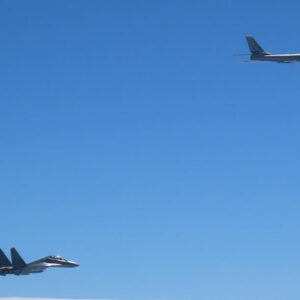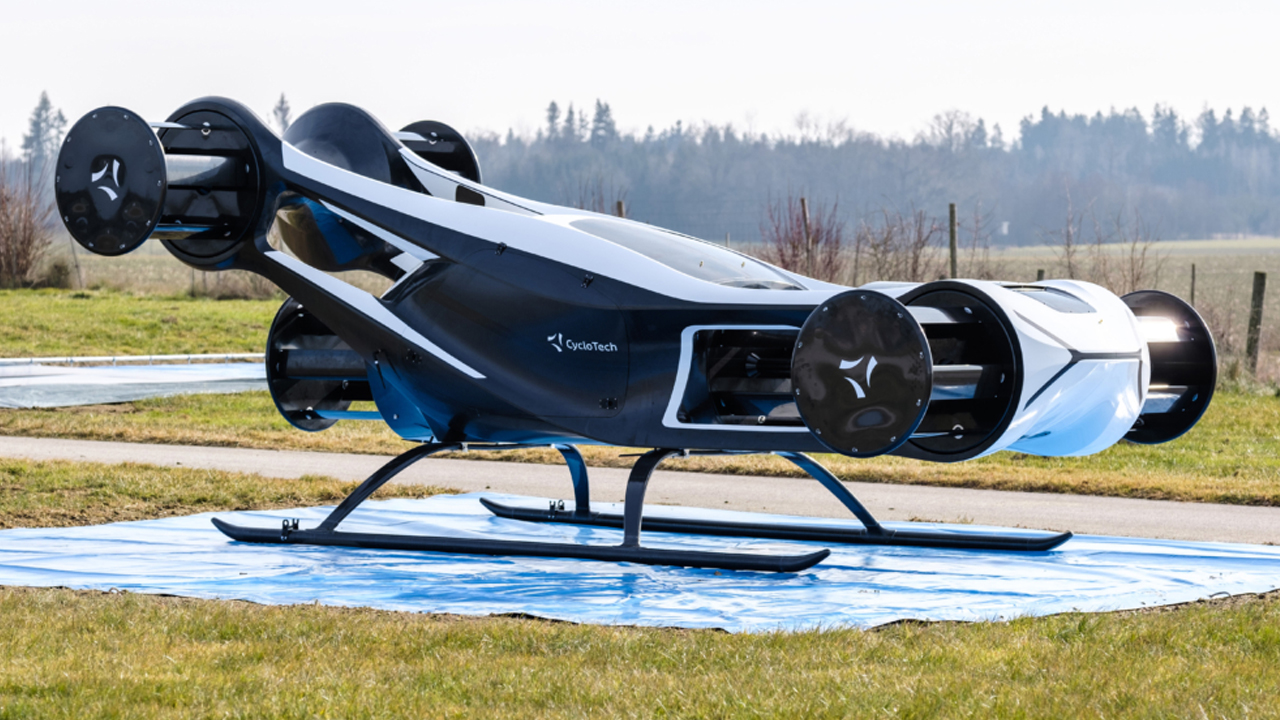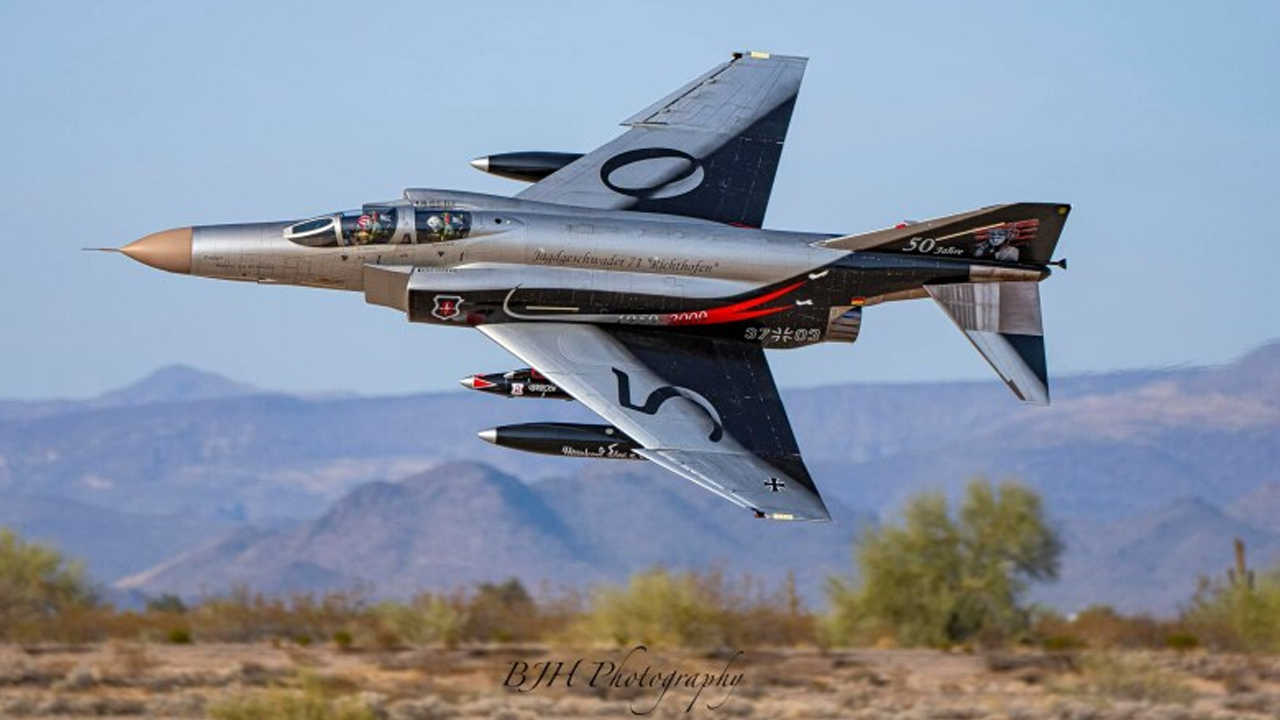A Russian Tu-95 bomber and Su-35 fighter were recently intercepted by a U.S. F-35 near Alaska, with footage circulating online showing just how tight the formation was. The aircraft remained in international airspace, but their presence inside the Alaskan Air Defense Identification Zone (ADIZ) triggered a quick response from NORAD.
The video footage originally surfaced on Russian social media and was later picked up by defense outlets. NORAD called the Russian flight maneuvers “not what one would expect to see from a professional Air Force,” adding that such encounters happen occasionally but are monitored closely.
Understanding the Alaskan ADIZ
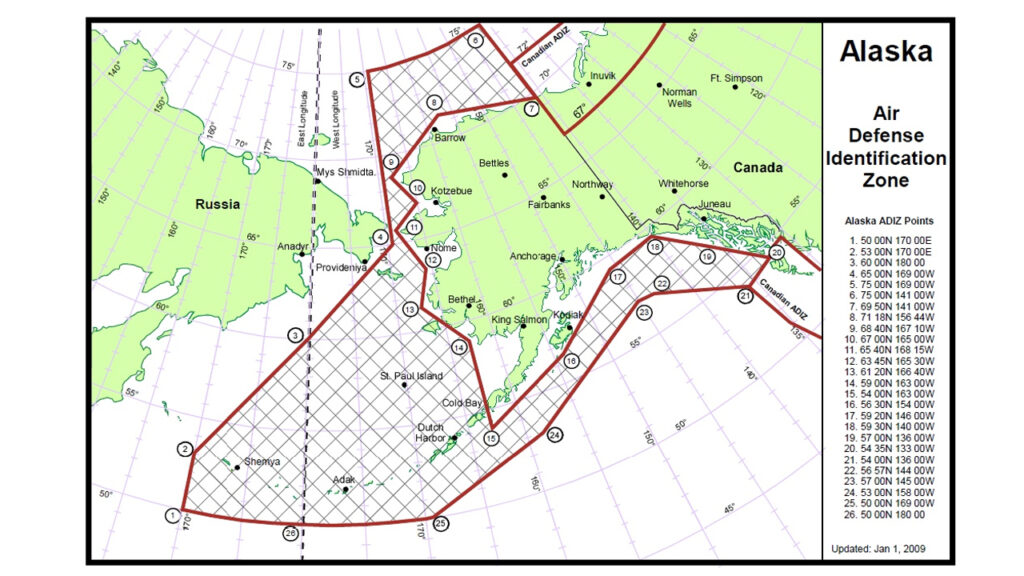
The Alaskan ADIZ is a chunk of international airspace just off the U.S. coast where all aircraft must identify themselves. It exists to give the U.S. early warning if anything sketchy is heading toward sovereign airspace. Planes flying into this zone without proper notification raise red flags fast.
This air defense zone covers roughly 500,000 square miles of airspace. That means when something like a Russian bomber starts poking around in that airspace, U.S. radar and fighter patrols are already watching. It’s not illegal to fly there, but failing to follow procedures can lead to intercepts like the one seen this week.
NORAD’s Role in Airspace Monitoring

As a joint U.S.-Canadian command, NORAD’s entire job is early detection of anything that might pose a threat. Whether it’s a bomber, a civilian jet that lost contact, or a balloon gone rogue, they’re the ones keeping an eye on it. Their surveillance tools include satellites, radar, and fighter squadrons based all around the North American perimeter.
In this case, they scrambled F-35s to intercept and identify the Russian aircraft visually. NORAD confirmed that the Russian aircraft never entered U.S. or Canadian territory, and the whole operation wrapped without incident. Still, it served as a reminder of the constant game of aerial chess over the Arctic.
What This Says About Today’s Airspace
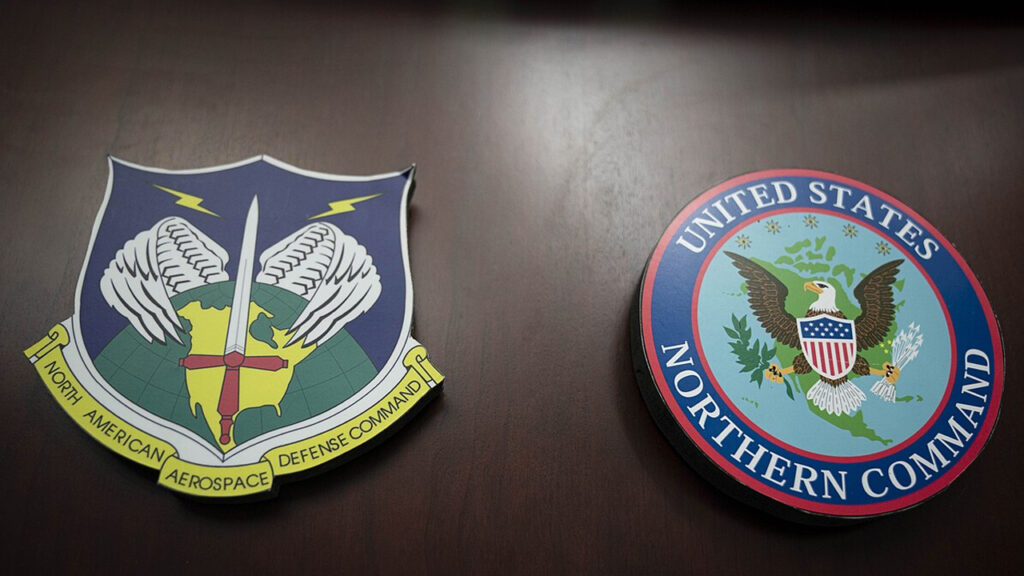
Encounters like this aren’t new, but the proximity shown in this video makes it stand out. It highlights how important it is to have firm systems in place, especially with international tensions running high. The U.S. can’t afford to be caught off guard, and NORAD’s role remains a key part of that defense layer.
For Russia, flying near the ADIZ is often just a show of presence. But for the U.S., each interaction carries real risks. It’s not about provoking conflict—it’s about staying ready in a world where the skies are getting more crowded and less predictable.


